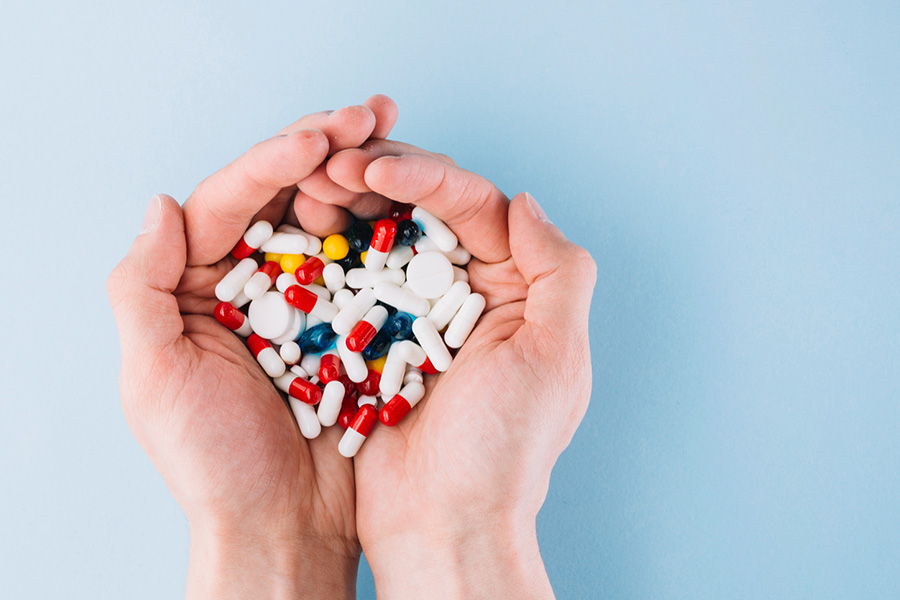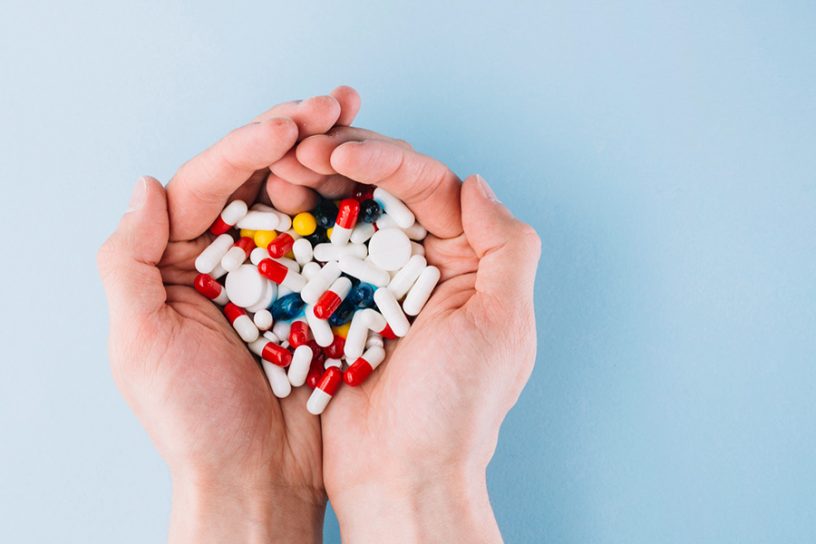
The nature of healthcare transactions at single-doctor clinics in rural India leads to an over-reporting of expenditure on medicines by patients.
Authors
Indranil Mukhopadhyay, Professor, Jindal School of Government and Public Policy, O.P. Jindal Global University, Sonipat, Haryana, India.
Shankar Prinja, Department of Community Medicine and School of Public Health, PGIMER, Chandigarh, India.
Sumit Kumar, Department of Community Medicine and School of Public Health, PGIMER, Chandigarh, India.
Atul Sharma, Department of Community Medicine and School of Public Health, PGIMER, Chandigarh, India.
Sitanshu Sekhar Kar, Department of Community Medicine, JIPMER, Puducherry, India.
Narayan Tripathi, State Health Resource Centre, Raipur, Chhattisgarh, India.
Neha Dumka, National Health Systems Resource Centre, Ministry of Health and Family Welfare, New Delhi, India.
Sandeep Sharma, National Health Systems Resource Centre, Ministry of Health and Family Welfare, New Delhi, India.
Saroj Kumar Rana, Department of Community Medicine and School of Public Health, PGIMER, Chandigarh, India.
Samir Garg, State Health Resource Centre, Raipur, Chhattisgarh, India.
Atul Kotwal, National Health Systems Resource Centre, Ministry of Health and Family Welfare, New Delhi, India.
Arun Kumar Aggarwal, Department of Community Medicine and School of Public Health, PGIMER, Chandigarh, India.
Summary
The share of expenditure on medicines as part of the total out-of-pocket (OOP) expenditure on healthcare services has been reported to be much higher in India than in other countries. This study was conducted to ascertain the extent of this share of medicine expenditure using a novel methodology. OOP expenditure data were collected through exit interviews with 5252 out-patient department patients in three states of India.
Follow-up interviews were conducted after Days 1 and 15 of the baseline to identify any additional expenditure incurred. In addition, medicine prescription data were collected from the patients through prescription audits. Self-reported expenditure on medicines was compared with the amount imputed using local market prices based on prescription data. The results were also compared with the mean expenditure on medicines per spell of ailment among non-hospitalized cases from the National Sample Survey (NSS) 75th round for the corresponding states and districts, which is based on household survey methodology.
The share of medicines in OOP expenditure did not change significantly for organized private hospitals using the patient-reported vs imputation-based methods (30.74–29.61%). Large reductions were observed for single-doctor clinics, especially in the case of ‘Ayurvedic’ (64.51–36.51%) and homeopathic (57.53–42.74%) practitioners.
After adjustment for socio-demographic factors and types of ailments, we found that household data collection as per NSS methodology leads to an increase of 25% and 26% in the reported share of medicines for public- and private-sector out-patient consultations respectively, as compared with facility-based exit interviews with the imputation of expenditure for medicines as per actual quantity and price data.
The nature of healthcare transactions at single-doctor clinics in rural India leads to an over-reporting of expenditure on medicines by patients. While household surveys are valid to provide total expenditure, these are less likely to correctly estimate the share of medicine expenditure.
Published in: Health Policy and Planning
To read the full article, please click here.


